How to get kids to your concerts. Hint: make ’em play or pay or use their phones
mainThe latest review in our CBSO100 series comes from the orchestra’s fire-eating independent historian, Richard Bratby:
CBSO / Espinós: Youth Takeover
Symphony Hall
9.1.20
4 stars (4****)
The CBSO has been targeting young concertgoers since at least 1921. But still, it was a nice statement of intent to hand the very first evening concert of the orchestra’s 100th birthday year to a team of “Youth Ambassadors”, who chose an entire programme – duly performed by Jaume Santonja Espinós and an expensive-looking CBSO. The idea – and in Symphony Hall, you go big or you go home – was to offer a “vision of the future”.
Not everything worked. We were encouraged to use our mobile phones throughout: I did, and can confirm that it’s an excellent way to ignore the music entirely. And it would have been good to learn more about the “Ambassadors” themselves: aged between 16 and 21, but mysteriously un-named and largely invisible until the final bow, though two of them came on to recite the whole of Mallarmé’s L’après-midi d’un faune. Full marks for sheer courage.
What’s clear, though, is that they love the sound of an orchestra, and have a knack for choosing the kind of pieces that leave you smiling. How refreshing to hear an audience (and it was a sizeable crowd, drawn from all age-groups) laughing out loud at the vocal explosives of soloist MaJiKer in Anna Meredith’s Concerto for Beatboxer, or sighing with pleasure at the end of Debussy’s Prélude. Espinós seemed to be enjoying it as much as anyone, drawing zesty, energised performances of Shostakovich’s second Jazz Suite and Mason Bates’s Adams-on-uppers orchestral showpiece Mothership.
After a fabulously louche opening glissando from clarinettist Oliver Janes, Louis Schwizgebel was a stylish soloist in Rhapsody in Blue, while guest-leader Vesselin Gellev duetted smokily with Eduardo Vassallo’s cello in Piazzolla’s Winter. Huge fun, then, and the list of pieces that the youngsters were obliged to leave out – which featured Kurt Weill, Granville Bantock and Robert Farnon’s Portrait of a Flirt – suggests a musical future that I, for one, could happily get behind. The kids are all right: come on, CBSO, let them have a go every year. I dare you.
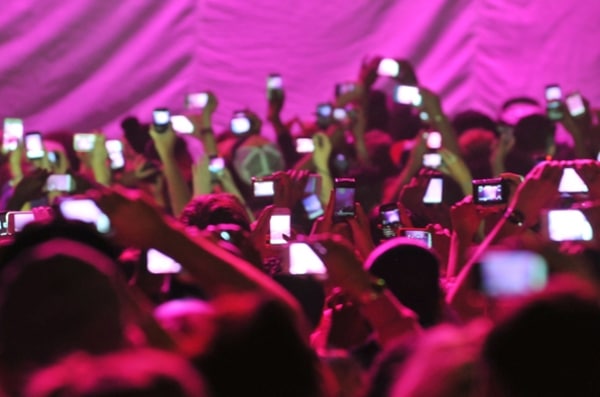
Richard Bratby

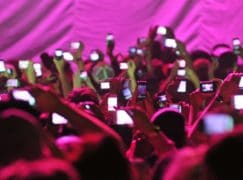
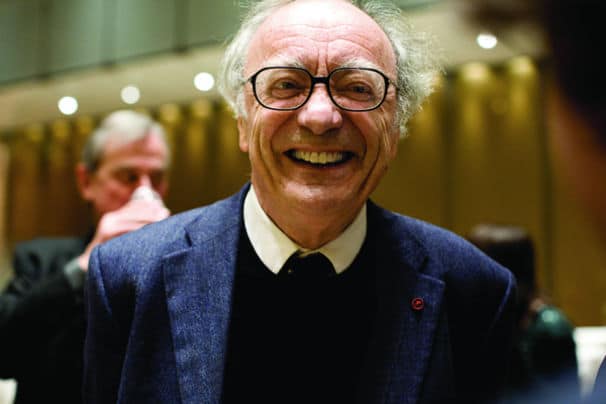

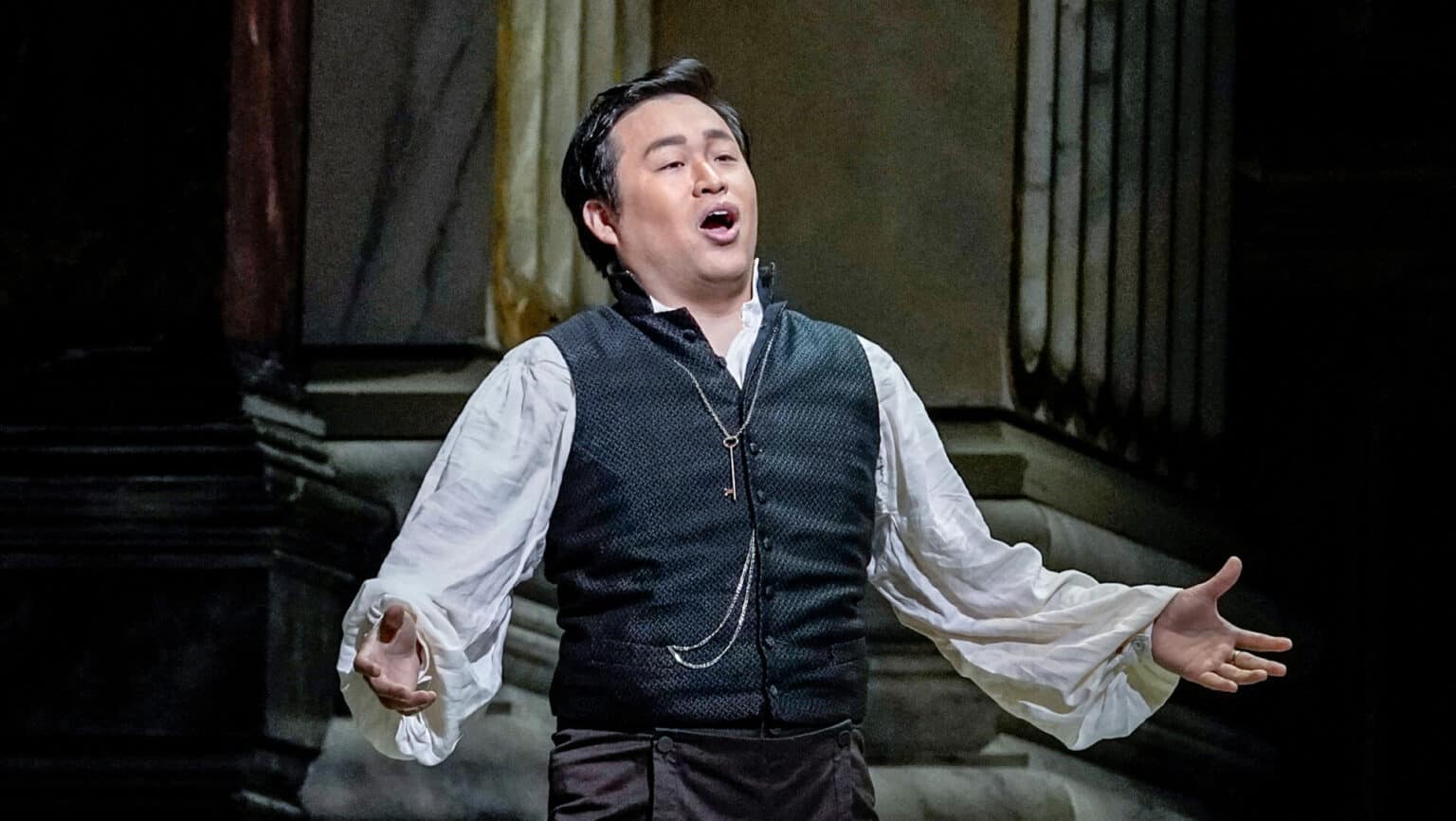
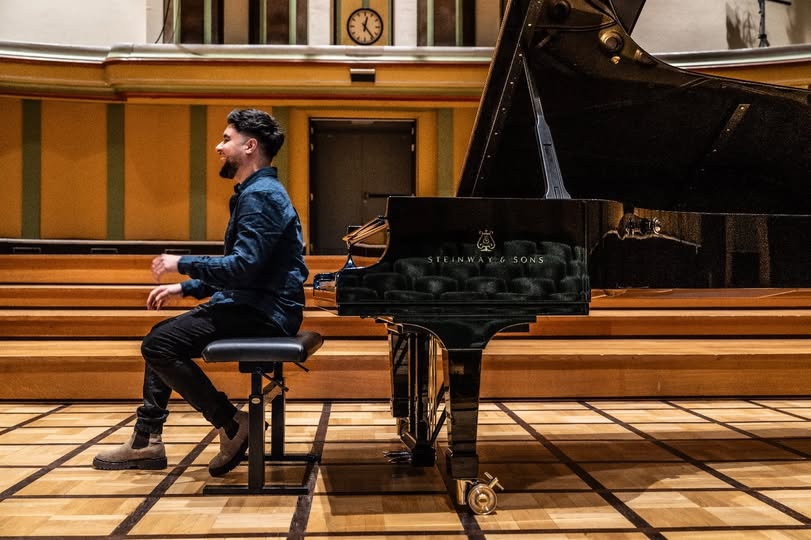
I’m glad to hear the CBSO doing something to encourage the audiences of the future.
When I was a nipper and a Junior member of the CBSO Society, I could sit behind the orchestra for 40p a concert. I went to everything, and loved it. Thank you CBSO for nurturing me!
That would have been eight shillings, two weeks’ pocket money where I came from.
he might be younger than you , sir!
nightmare scenario
I assume that you mean the phones?
I understand this was a novelty choice to provide program notes on the composers and works performed on line, rather than providing a paper version.
Free to access and more likely that many young attendees would read them.
Already being done and in real time during the performances. It’s called EnCue and is a discreet type of PowerPoint slides with text and images “broadcast” to the user from backstage during the performance.
Slides change about every minute on average, pointing out relevant things to listen for without disturbing the flow of the music. If created and timed right, the slide content can be absorbed almost instantly so that you can return attention to the stage.
More material on the work is also there for reading after the concert. The phone screen doesn’t seem to bother people sitting next to users either.
Thanks. The description is appreciated.
“The phone screen doesn’t seem to bother people sitting next to users either.”
Are you sure about that? Most concertgoers find the bright light from the screen distracting and annoying.
“We were encouraged to use our mobile phones throughout: I did, and can confirm that it’s an excellent way to ignore the music entirely.”
There is a low tech way out of the music: letting kids draw. I’ve seen pre-school kids be impeccably quiet at concerts, very focused on drawing and completely oblivious of the music.
If they can’t sit down and listen properly, some tastefully done work that involves the audience might be preferable, like clapping to the Radetzky march.
Some might find that lame and passé.
But I would be money that the Coughing Polka could be memorable:
https://www.youtube.com/watch?v=0ODXhI5teQE
You have to have an attention span longer than 5 minutes to appreciate a concert. Let’s say this is one of the major discriminators for audiences, but let’s yell ‘elitism’ because we want to deny it!!
Those who pay attention will be the people running things!! The rest will hand the spanner to the mechanic.
Love the idea of Youth Ambassadors selecting the program. But skip the phones.
All sounds a bit gimmicky. I use other methods: https://www.jamesmayhew.co.uk/concerts
Is this another instance of what happens when people do not take their kids to things early in their lives? I had long sworn that I would never have to sit through another Nutcracker when my niece, and then my nephew, came of the age to see their first ones. Of course I went along, and to their second and third as well. It was such a joy to see children originally about five — the age their parents deemed them able to sit through something that length without disrupting others — entranced by the sensations of a world opening up to them on a stage.
Though millennials, and as phone-conscious as their peers, both grew up to be attenders at various theatrical events. (They both read voraciously, too — from books, not kindles). In other words, they have attention spans.
All these activities proposed — though perhaps necessitated by a generation and more of relegating child-rearing to what screens can do for you — are an admission of defeat. And their effect on artists’ morale will eventually take its toll on the artists, and the arts, involved.